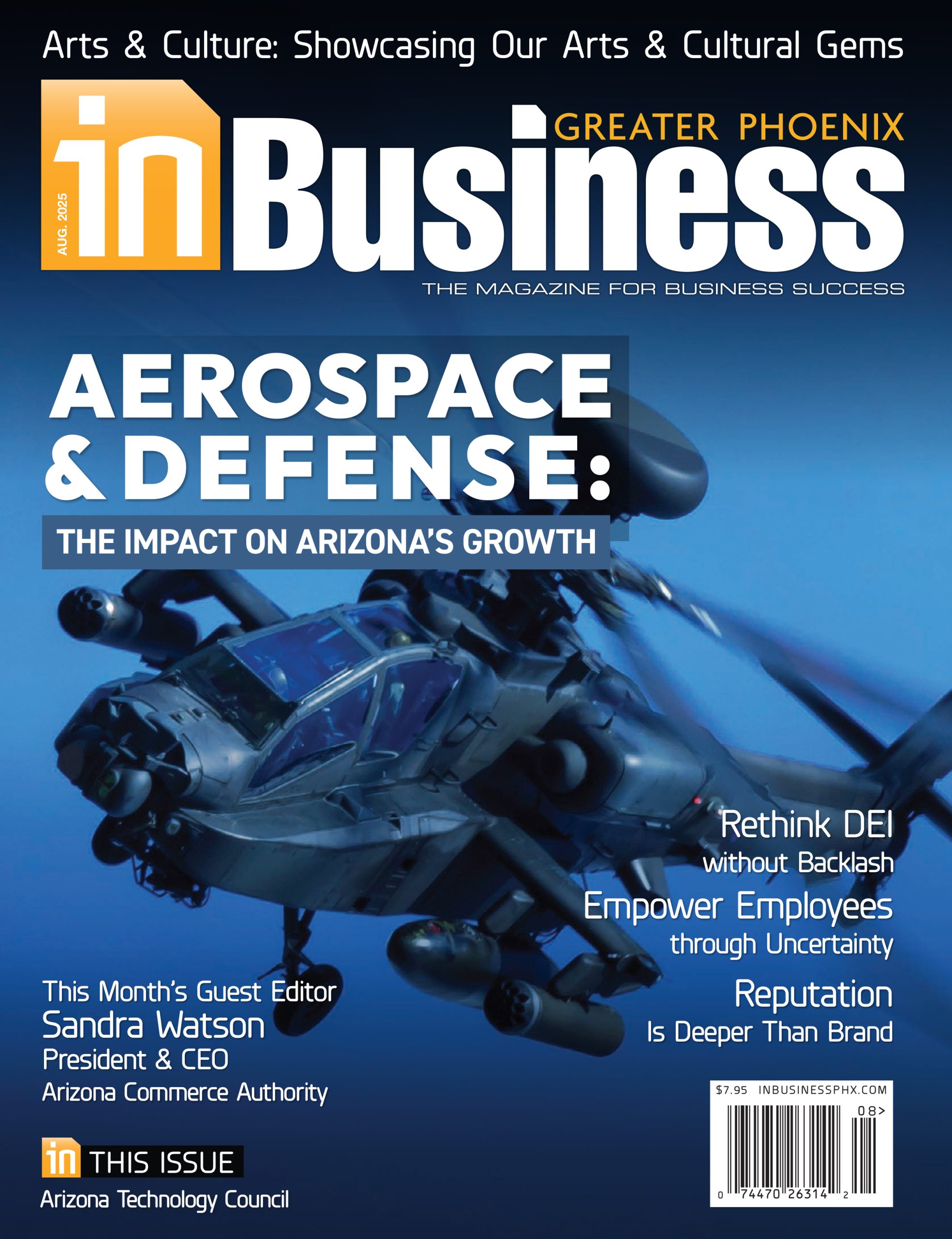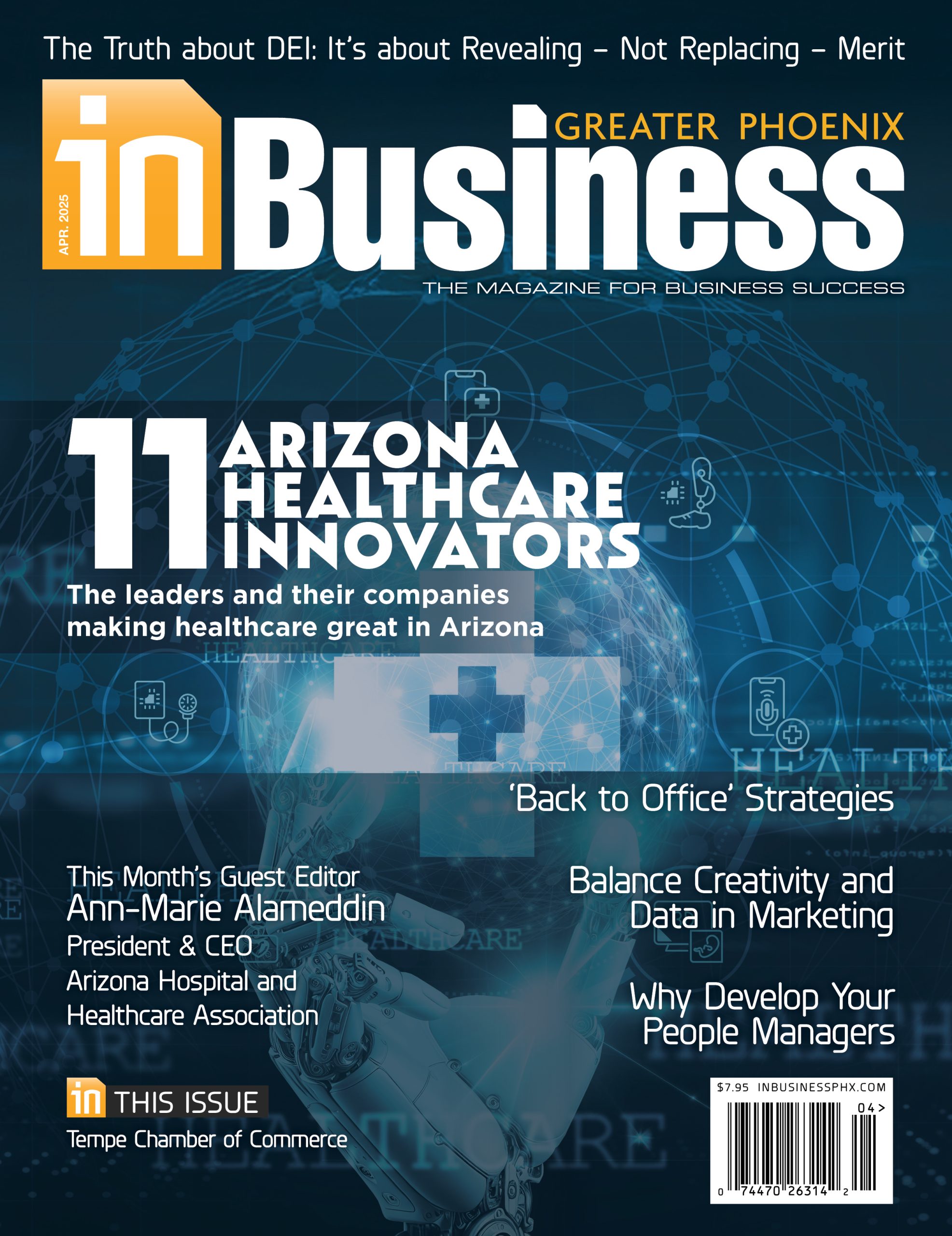As inflation headlines re-emerge, many employers are contemplating shifts in their remote and hybrid work policies. Organizations are working hard to balance two competing priorities: being sensitive to the financial pressures employees are facing, while also managing budgets and controlling costs to maintain sustainable business practices, all while ensuring the culture of the workplace aligns with the values of the organization
One effective way to approach this balance is by revisiting longstanding employee programs to ensure they remain relevant and impactful in today’s economic environment.
Below are a few low(er) cost ideas to help re-calibrate some non-compensation and health benefit rewards programs to better meet employee needs.
Test your assumptions for cost-based employee programs. Many employer programs tend to be evergreen, requiring little attention from year to year while still delivering the intended value. However, in this time of prolonged inflation, it is important to test the assumptions embedded in your rewards or employment programs, such as:
Automobile & Vehicle Programs: The cost to lease or own a car has skyrocketed, along with basic repairs and maintenance. According to a 2024 report by AAA, the average new vehicle costs $12,297 annually – that’s $1,025 monthly. Five years ago, that figure was $9,282 annually, or less than $775 a month. Assess whether your current vehicle stipends reflect today’s costs and consider adjusting support for employees who drive for work.
Relocation programs: These are most often administered as a lump sum allowance, but baseline assumptions about the cost of housing and associated relocation costs are likely outdated. Median home prices in many markets have climbed well beyond the levels factored in typical relocation budgets. According to recent data from the National Association of Realtors, in Phoenix the median home price is $509,000.
Uniform allowances: If you provide a stipend or allowance for required uniforms or safety equipment, it is likely the cost to procure these items has increased in the past few years. Periodic updates to reflect market prices can help employees feel supported without significantly increasing program budgets.
Gym Memberships: On-site fitness centers are not as common as they were in the pre-pandemic era. Now more than ever, employees are juggling the cost of fitness and recreation center memberships along with more time spent commuting to and from work. Reimbursing employees for their fitness/recreation memberships or offering app-based programs to assist in reading their fitness goals may help employees balance their busy lives and wellness goals.
It’s worth regularly evaluating these policies and scanning the market for goods and services tied to your employee programs. A few small modifications to your programs can help ensure they deliver their intended outcomes and investment, without costing too much more.
Return to Office programs and support. Many companies are shifting towards in-office requirements or adjusting to new hybrid work models. While these shifts may benefit collaboration and culture, they can also introduce added costs and logistical challenges for employees.
Providing meals, even a few days a week, can make more of an impact than ever. The cost of food and delivery services has surged, especially for busy office workers that frequently order food while working in the office. For perspective, I compared a delivery order I made in the summer of 2022 with the same order I made in summer of 2025, and in just a three-year period, the cost increased by almost 35 percent.
If employees routinely cite the loss of productivity due to distractions or commute time, now may be the time to launch a formal program to appropriately introduce the use of AI in your workplace. AI-driven assistance can help eliminate some of the daily activities and time-intensive tasks that distract from meaningful work experiences.
Other programs that can help smooth the transition to working in the office more regularly include:
- Home service concierge programs, like Phoenix-based Busy Bees Concierge
- On-site drycleaning delivery service
- Flexible start and end times to support childcare solutions
- Company-paid subscription services (food preparation, podcast and music for drive-time, pet-food delivery)
Additionally, consider having walking meetings or starting fitness-related clubs that can engage employees during breaks or designated times around the workday.
Each employer must consider their unique employee population and needs may not be consistent across the organization. Still, reexamining and fine-tuning these non-compensation programs can go a long way toward boosting morale, supporting retention, and demonstrating empathy without significantly increasing spending.
Written by The MJ Companies, Julie Bingham













